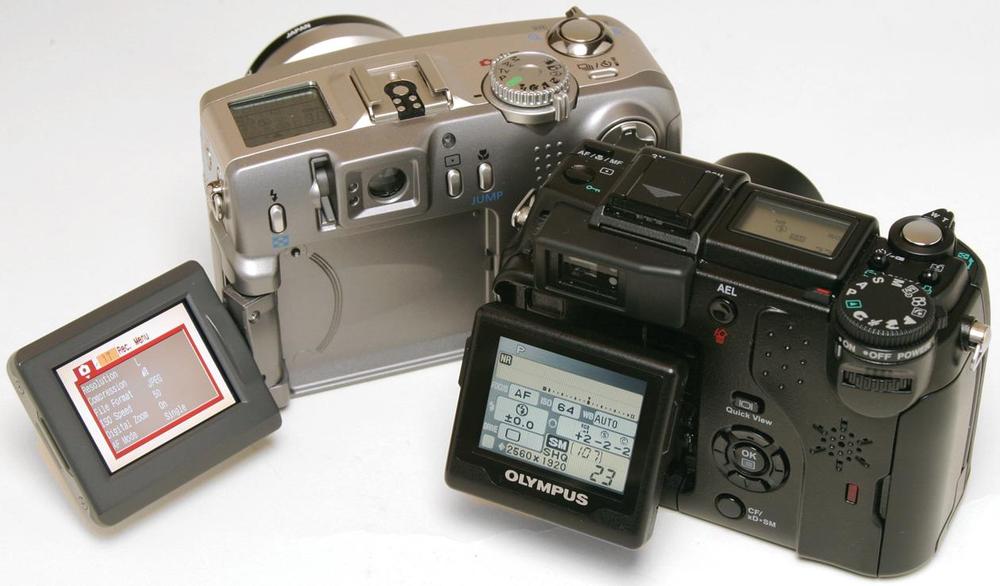Every digital camera has an LCD screen, but on some specially endowed models, you can flip and swivel the screen around to gain multiple viewing angles (Figure 1-3). You can frame the shot any way you want—at your waist, above your head, even at your ankles—without contorting yourself into a pretzel.
A flip screen is a godsend when you’re stuck in the middle of a crowd, but want a shot of the parade. Simply tilt the screen so you can raise the camera over your head and see what you’re shooting. Flip screens let you get more creative, too. You can do low-angle Orson Welles shots for added drama, or capture the world from your baby’s eye view (without crawling around on the carpet).
Get Digital Photography: The Missing Manual now with the O’Reilly learning platform.
O’Reilly members experience books, live events, courses curated by job role, and more from O’Reilly and nearly 200 top publishers.


